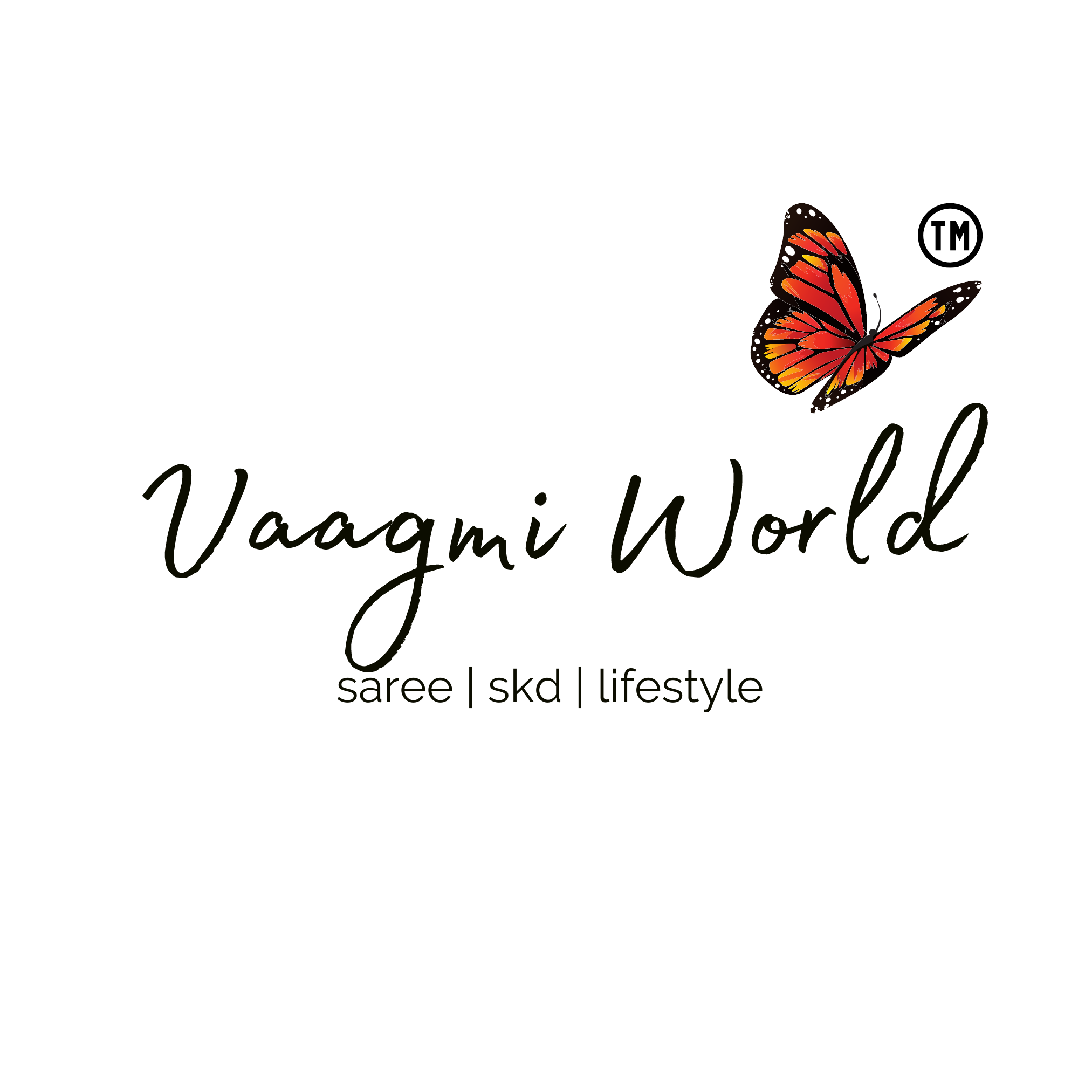REHWA / Maheshwari
REHWA Society & Vaagmi World

REHWA Society was established in 1979 to revive the source of livelihood for weavers. Rehwa & Vaagmi World has joined hands to market and sell the amazing products of Maheshwar through collaboration and commitment towards the welfare of the weavers' community.
The History of Maheshwari Weaves
Maharani Ahilyabai may easily be said to be the mother of the modern industry of Maheshwar and the history of Maheshwar sari-weaving can be traced from 1754 i. e. from the beginning of Ahilya Bai's rule.
She invited skilled weavers from Gujarat and Madu and helped them to establish themselves here in this craft. Mention is found in some books and in the accounts of the travellers who visited this place that costly cloth of the finest variety, especially saris, of 200 count yarn and silk with figured effect and interwoven with silver and gold threads, was being produced here in her time and continued to be produced 1960s. Ahilya Bai, the benevolent HoIkar, rejuvenated the Maheshwar industry to meet the demands of exquisite saris for the royal family. Records are available to show that she used to send these saris to other parts where girls of her family were married and in this doing, she increased the popularity of these saris in other parts also.

The Origin of Maheshwari
It is not possible to find out from the available literature as to how and when the industry of weaving came to be located at Maheshwar. The Arthashastra mentions Madhura, Aparanta, Kalmga, Benares, and Maheshla country on the banks of the Narmada below Jabalpur as the centers of manufacture of the cloth of the finest variety.
Due to her efforts, the weaving industry in Maheshwar grew considerably in size. Business in saris and Maheshwar-woven cloth was recorded in lakhs of rupees and merchants and wholesale buyers poured in Maheshwar from all parts of India. They used to stay here, sometimes for more than a fortnight to get their orders executed,
The Maheshwari sari, as they used to be called was especially known for their special simple border design which had been evolved here and which still remains their special characteristic. It is said that it was Ahilya Bai herself who had designed the simple border: it is curious to see this border still being the most liked border design in the saris manufactured here.

The Loom, The Design & Its Pattern
Maheshwari saris were traditionally made in colors like peacock blue, bright yellow, forest green, and an Indian red dye called Aal. The pallus were designed with stripes of red, white, and gold zari. Borders like Leheriya (wave), Narmada (the sacred river), Rui Phul (cotton flower), Eint (brick), Chatai (matting), Heera (diamond) - were all drawn from the fort and the adjoining river and woven seamlessly into the fabric. Originally, the classic Maheshwari saris were only woven in pure cotton, 9 yards long, and with pallus at both ends- so when they frayed, the saree could be reversed and worn some more. That was the uniqueness of a Maheshwari sari- its elegant versatility and durability
